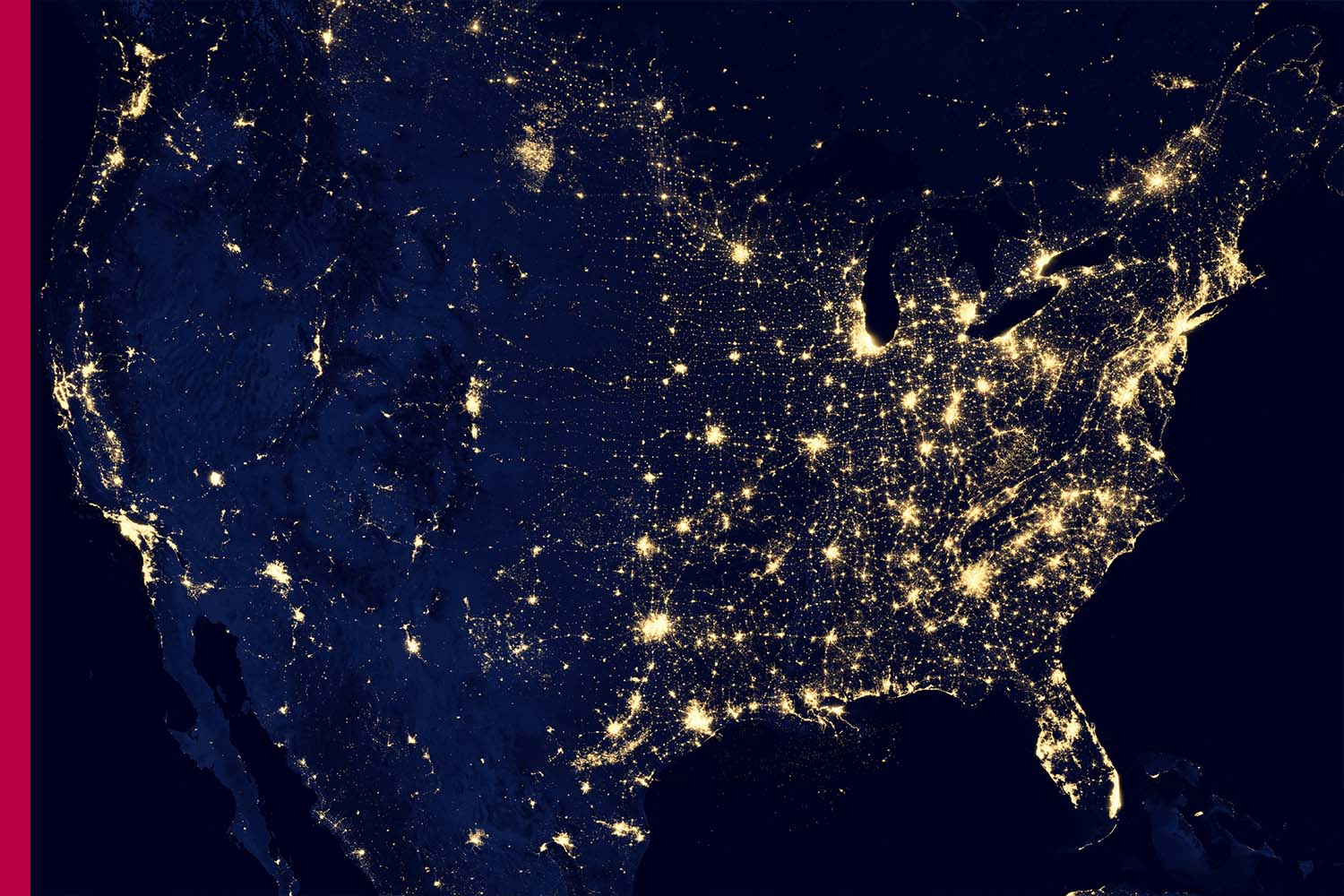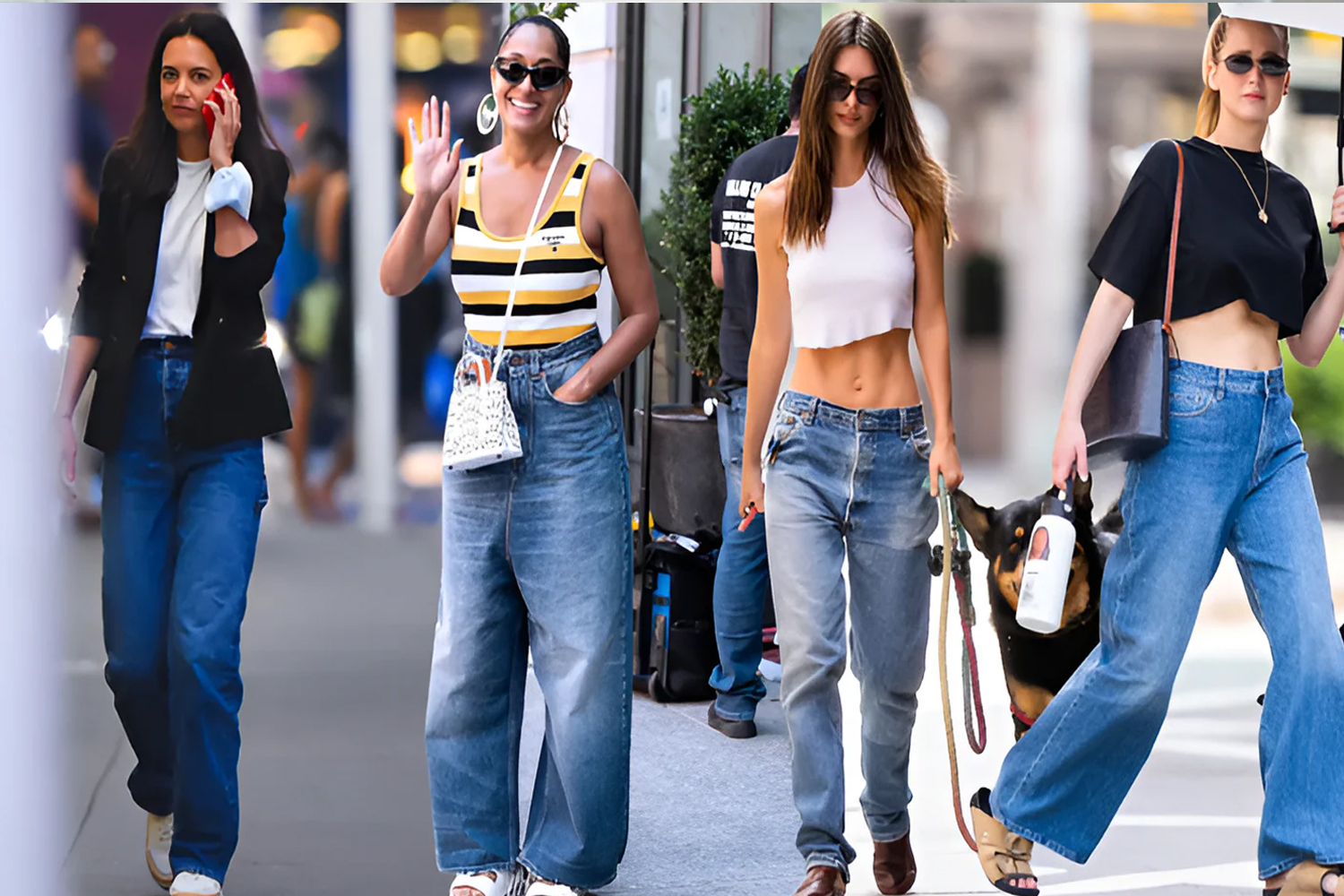For generations, beauty has often been defined by impossible standards, such as perfect skin, symmetry, and refined features that are better suited for magazine covers than everyday life. However, as societal values change and authenticity takes centre stage, a significant shift is occurring. Gen Z, the generation born between the late 1990s and early 2010s, is leading a cultural beauty revolution. They are removing the layers of filters, makeup, and Photoshop— and they are doing so proudly and loudly on a global scale.
Welcome to the era of “Beauty Unfiltered,” where blemished skin, stretch marks, hairy armpits, skin texture, and imperfect appearances are not only accepted but celebrated. Gen Z isn’t just moving away from traditional beauty standards—they’re breaking them apart. This movement is revolutionizing the beauty industry, redefining self expression, and establishing a more authentic and inclusive beauty ideal.
What sets them apart is their intent: makeup is a form of art or self-expression, not a mask to hide behind. It’s about showcasing individuality, not conforming to norms.
THE DIGITAL MIRROR: SOCIAL MEDIA AND SELFPERCEPTION
It’s impossible to discuss Gen Z’s impact on beauty without mentioning their strong connection to technology. Unlike other generations, Gen Z grew up in a world filled with front-facing cameras, Instagram filters, and endless scrolling. Though this online space often gets blamed for promoting insecurity, it has also become a hub for extreme self acceptance.
Platforms like TikTok and Instagram now act as the new beauty billboards—not polished by brands or agencies, but by users who showcase their genuine, unfiltered selves. Where airbrushed perfection once dominated social media, the focus has shifted toward authenticity. Beauty influencers now confidently display their bare skin, openly discuss skin issues, embrace their blemishes, and share unedited “before-and-after” photos withoutshame.
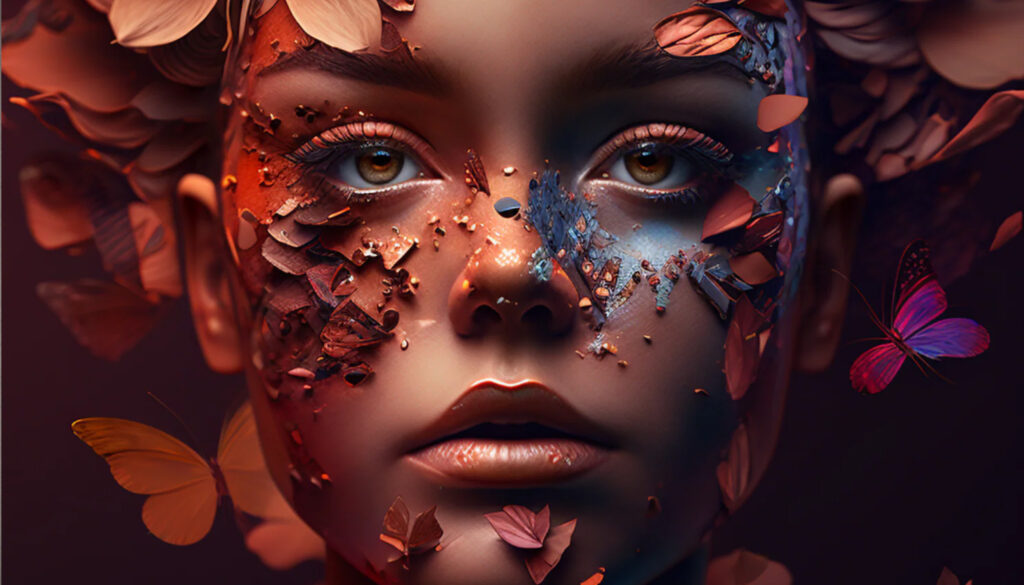
These platforms have made beauty accessible to everyone. Anyone regardless of skin color, gender identity, body type or socio economic status can go viral. From hijabi models in beauty ads to showcasing disabled bodies, stretch marks, and vitiligo on runways, the message is loud and clear: real people want to see themselves represented in the media they consume.
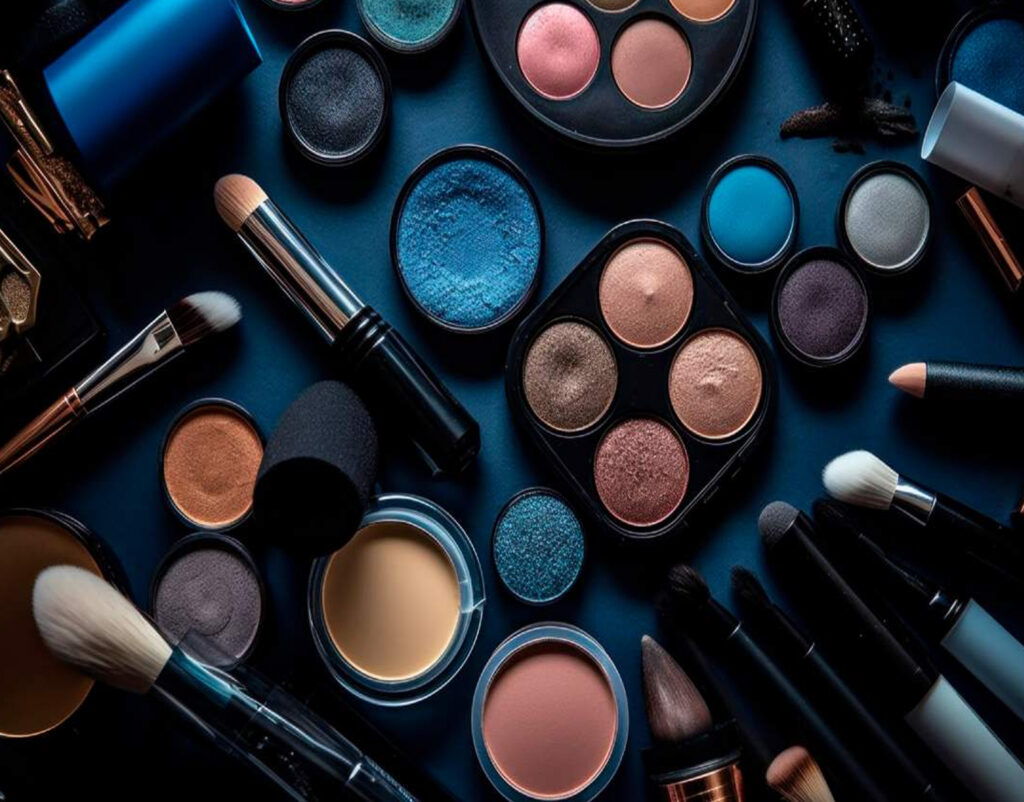
REPRESENTATION WITHOUT TOKENISM
For decades, Eurocentric beauty standards dominated advertising: pale skin, slim bodies, and traditionally symmetrical faces. Anything that didn’t fit this mold was either ignored or tokenized. But Gen Z consumers are forcing brands to change their ways. Having even one darker skinned or plus-sized model is no longer enough. Gen Z demands real depth—not just diversity for appearances, but genuine inclusion that is consistent and meaningful.
Brands that once thrived on exclusivity now struggle to keep up with Gen Z’s call for representation. This shift has transformed how influencers relate to brands. Authenticity has become a selling point. Brands now seek partnerships with creators who share their truths—even if that truth includes moments of imperfection. Transparency builds trust, and Gen Z rewards that trust with loyalty.
CLEAN BEAUTY AND CONSCIOUS CONSUMPTION
While appearances matter in beauty culture, Gen Z also pays close attention to the ingredients in their products. This generation is well-informed and vocal about ethical, sustainable, and cruelty free beauty.
Clean beauty, which avoids toxic chemicals, parabens, and synthetic fragrances, is becoming standard due to Gen Z’s demand for accountability. They want to know what’s in their makeup and skincare products, how they’re made, who makes them, and their impact on the environment and animals
More importantly,they will disengage with brandsthat don’tshare their values. Green washing or performative activism won’t go unnoticed. Gen Z researches brands and supportsthose that align their actions with their claims.
REDEFINING “FLAWLESS”
The idea of “flawless” is being redefined. It once meant pore less skin, chiselled features, and smooth hair, but now it includes embracing flaws as part of beauty rather than trying to hide them. Freckles, gap-toothed smiles, curly frizz, stretch marks, or laugh lines are no longer issues to “correct” but qualities to celebrate. What society once viewed as “flaws” are now marks of individuality. This change brings a more positive beauty culture. Young people no longer focus on imitating others. Instead, they are learning to find strength in being themselves
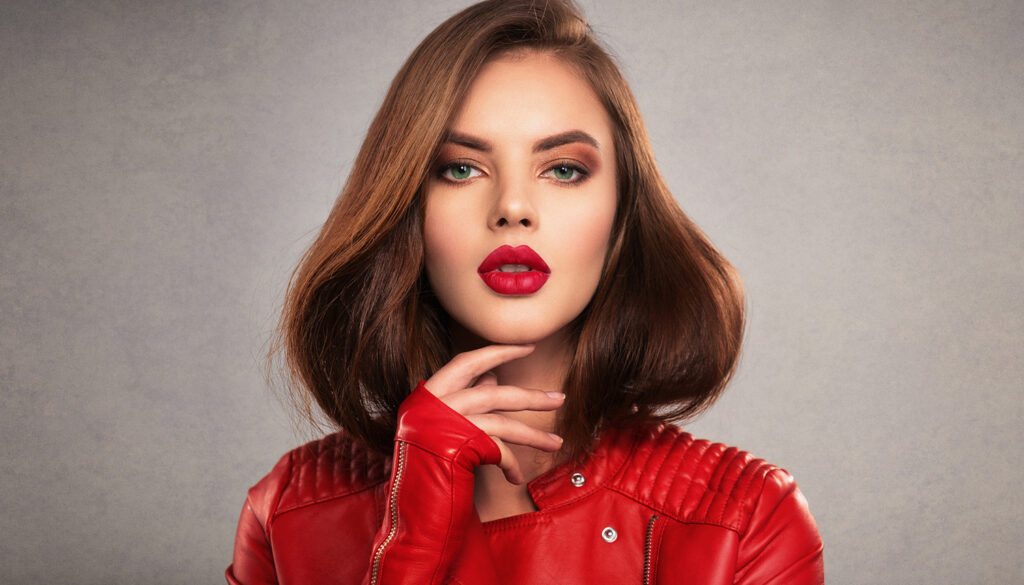
CHALLENGES STILL REMAIN
Despite this progress, the journey to unfiltered beauty faces challenges. Filters still dominate. Photoshop remains profitable. Beauty ideals continue to shift, but often not inclusively enough. There’s also the added pressure to be “naturally beautiful,” which can lead to its own kind of perfectionism.
Additionally, the rise in cosmetic enhancements among young people shows a complicated relationship with beauty. From Botox and lip fillers to skin lightening treatments, the desire to change one’s appearance remains—just in more subtle, normalized ways. Gen Z’s beauty culture is still wrestling with these paradoxes. However, this generation is awake, outspoken, and willing to question everything—including themselves.
A BEAUTY RENAISSANCE
Ultimately, Gen Z has sparked a beauty renaissance. They are not eliminating beauty standards—they’re expanding them. They are replacing hierarchy with a diverse range of expressions, pressure with self-expression, and illusion with authenticity. In a world that once demanded perfection, Gen Z is choosing realness. By doing so, they are redefining what beauty means.







